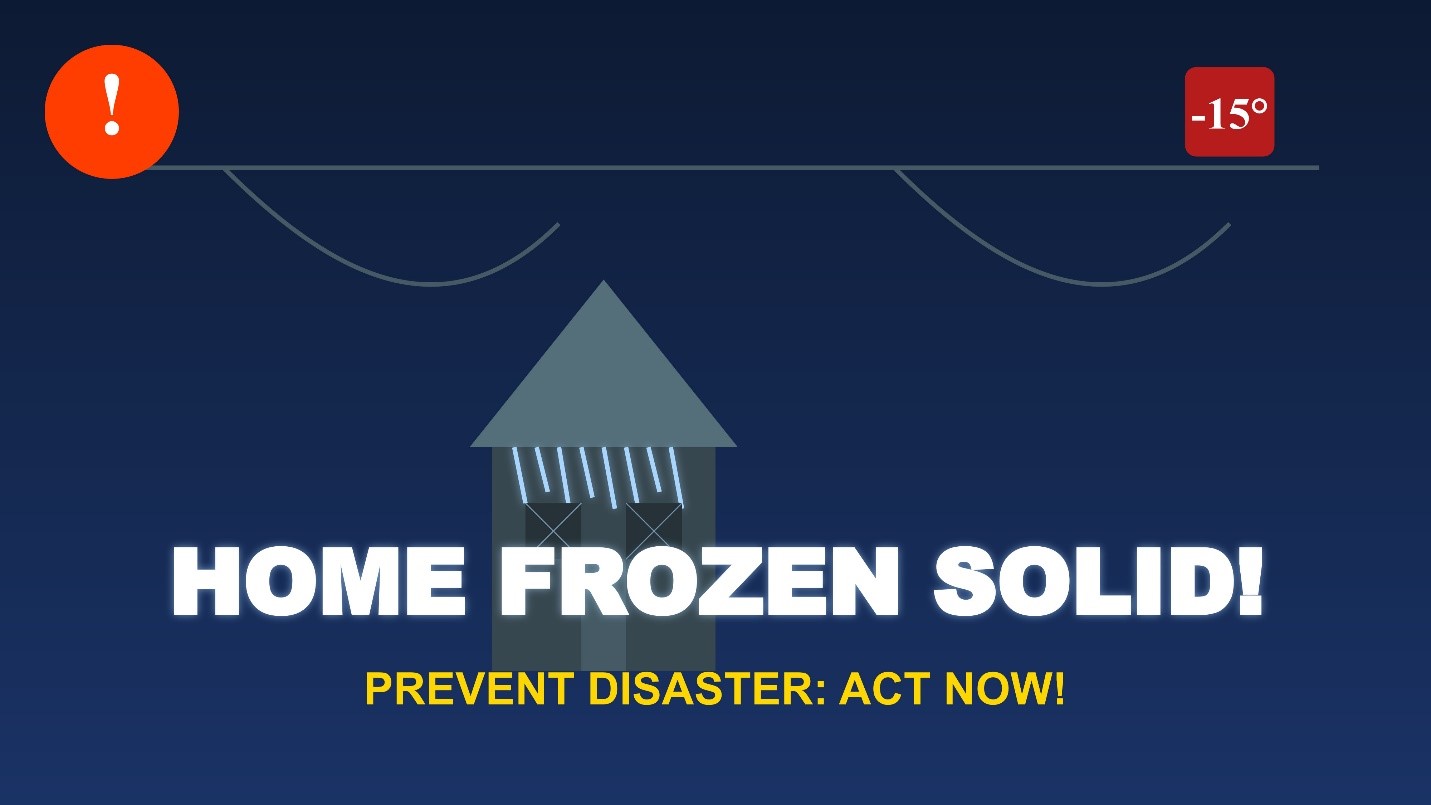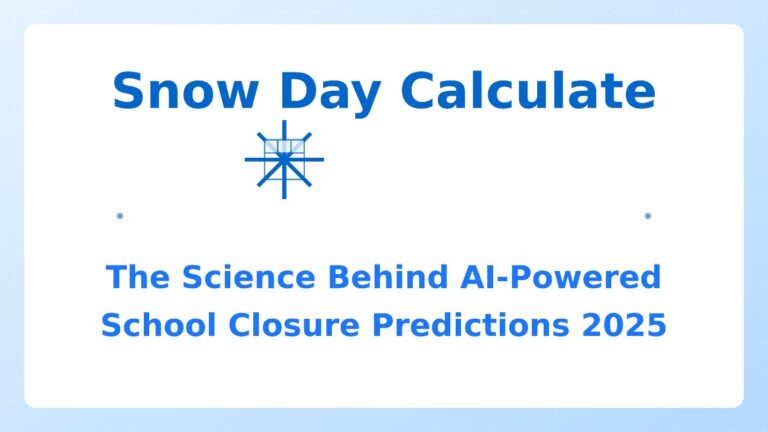Understanding Rain and Snow Mixed: A Complete Guide
[lwptoc backgroundColor=”#e1edfd”]
What is Rain and Snow Mixed?
As winter gets closer, you often hear terms like “wintry mix” or “rain and snow mixed” from meteorologists. But what does it mean exactly, and why does it occur? This interesting weather event often surprises people, creating conditions that are hard to predict. Knowing how it comes about and what effects it has on daily life can help folks get ready for the difficulties it brings.
Rain and snow mixed is a type of precipitation that includes both rain and partially melted snowflakes. It is sometimes called a “wintry mix” in the US or “sleet” in some Commonwealth nations. This mixed precipitation produces a slushy, wet accumulation that can make travel and outdoor activities challenging, in contrast to pure snowfall or rainfall. One of the most erratic winter weather patterns is the combination of liquid water and ice crystals, which happens when temperatures vary around the freezing point.
This type of precipitation can be frustrating because it does not produce the beautiful accumulation of snow nor the clean, wet pavement of rain. Instead, it results in messy, wet surfaces that can be hazardous. The transition between rain and snow mixed can happen quickly, making it important to stay informed about changing weather conditions.
How Does Rain and Snow Mixed Form?
A delicate balance of temperatures at various atmospheric levels is necessary for the formation of rain and snow mixed together. When snowflakes form in the upper atmosphere, where temperatures are significantly below freezing, the process takes place. Before reaching the colder air close to the surface, these snowflakes partially melt as they descend through a layer of warm air. The end effect is precipitation that is a combination of rain and snow rather than just rain.
The kind of precipitation is largely determined by the depth of the warm air layer. Rain will result from the complete melting of the snowflakes if the warm layer is too deep. Snowfall will occur if it is too shallow because the snowflakes will stay intact. Researchers have discovered that the best conditions for rain and snow mixed are found in a warm layer that is between 750 and 1,500 feet deep. The kind of precipitation that reaches the ground can be significantly changed by even small temperature changes within this layer.
The Impact of Rain and Snow Mixed on Daily Life
Driving Conditions
Driving in rain and snow can be quite dangerous. Roads are slick from slush, ice, and water combining to reduce vehicle traction. Falling precipitation can obscure a driver’s view, so affecting visibility as well. On roads that seem wet, it can be difficult to maintain control of a car since often they feature a thin layer of ice. Bridges and overpasses are especially prone given their faster freezing than other surfaces.
Safety Tips for Driving in Rain and Snow Mixed:
- Reduce speed and increase following distance.
- Use headlights to improve visibility.
- Avoid sudden braking to prevent skidding.
- Keep an emergency kit in the car with blankets, food, and water.
Effects on Property and Infrastructure
A mix of rain and snow can damage houses, power lines, and city infrastructure. This kind of wet mix might break power wires and branches off trees, leading to possible outages. Slushy rains also partially frozen can clog drains and gutters; this will back up water and may cause flooding. Slush that turns back into ice makes driveways and sidewalks perilous; trips and falls are a likely outcome.
Tips to Protect Property from Wintry Mix Conditions:
- Clear drains and gutters to stop ice from accumulating.
• Cut overhanging tree branches to lower limb fall risk.
• On walkways and driveways, use salt or sand to increase traction.
• Wrap water pipes to stop freezing and bursting.
Recent Weather Updates Involving Rain and Snow Mixed
Severe Winter Storm Brings Freezing Temperatures Across the U.S.
Over 75% of Americans are expected to come across freezing temperatures this week as a major winter storm passes across the country. This Arctic blast is seriously disturbing travel plans and creating hazardous road conditions from the Midwest to the Northeast and even into the Southern states.
Washington, D.C., and the Northeast
- Washington, D.C.: Temperatures expected to remain below freezing have resulted in a cold weather emergency declaration. The area should see 1 to 3 inch accumulations of snow.
• New York and Boston: Travel is dangerous given snowfall totals of up to 6 inches.
Philadelphia has declared a snow emergency with expected 4-6 inch accumulations and below-freezing temperatures.
• New Jersey: Overwhelming snowfall and frigid temperatures have resulted in a state of emergency declared here.
South Braces for Rare Winter Storm
- Houston, Texas: Given expected snowfall of up to five inches, both civilian airports will close Tuesday. Additionally, closing until Wednesday are Houston’s schools.
• Louisiana and Mississippi: Under winter storm watches, these states may have accumulations of snow and ice that would cause travel disturbances and power outages.
Arctic Blast Brings Dangerous Cold Nationwide
- Given expected temperatures 20 to 30 degrees below normal, more than 150 million people are under cold weather alerts.
Denver: Far below the 45°F seasonal average, highs will barely top 9°F.
• Charlotte and Atlanta: Over several days, both should stay below freezing.
• Midwest and Northern Plains: Between -25°F and -50°F, frostbite can strike under ten minutes from wind chill.
During these dangerous weather events, authorities advise people to stay indoors, dress in several layers, and check on sensitive people.
Regional Differences in Terminology
- United States: Forecasts of weather often refer to the “wintry mix.” In reports, meteorologists might also include technical abbreviations such as “RASN,” (rain and snow) or “SNRA,” (snow and rain).• Commonwealth Countries: Though this differs from the American definition of sleet, which relates to ice pellets, the term “sleet” is frequently used. The phrase “wintry showers” might also be used in the United Kingdom to characterise a combination of rain and snow.
How to Prepare for Rain and Snow-Mixed Precipitation
Emergency Kit Essentials
Being prepared for rain and snow mixed conditions is crucial. An emergency kit should include:
- Flashlights and extra batteries
- Warm blankets and clothing
- First aid supplies
- Non-perishable food and bottled water
- A battery-powered radio for weather updates
- Portable phone chargers
Home Preparation
By being careful about the house, one can help to reduce the effect of this kind of precipitation. Downspout and gutter clearing help to avoid ice dams and water buildup. Cutting overhanging tree branches lowers the possibility of branch breaking under a wet snow load. Insulating exposed pipes helps stop freezing; checking the heating system guarantees the house stays warm during winter storms.

Vehicle Preparation
You really should winterize your car when you have rain and snow expected. Winter tires or tire chains increase traction; windshield washer fluid rated for freezing temperatures guarantees clear visibility. Keep an emergency roadside kit, snow brush, and ice scraper always in your car. Having a small shovel and extra warm clothes on hand might also help in case of unanticipated travel delays.
Conclusion
Precipitation combining snow and rain is among the most erratic winter weather pattern. Knowing what causes these disorders, how to get ready for them, and how to stay safe will help you to deal with them rather easily. Paying great attention to weather forecasts and being ready for any unanticipated changes will help one negotiate the mix of rain and snow of winter.
Visit our Snow Day Calculator at snowdaycalculate.com to get predictions regarding snow days and school closures.


